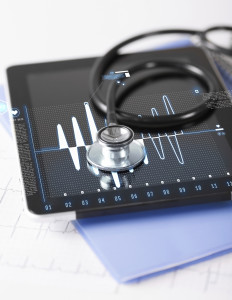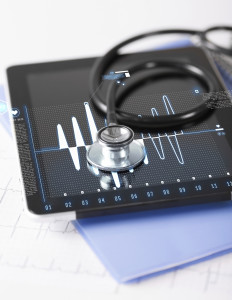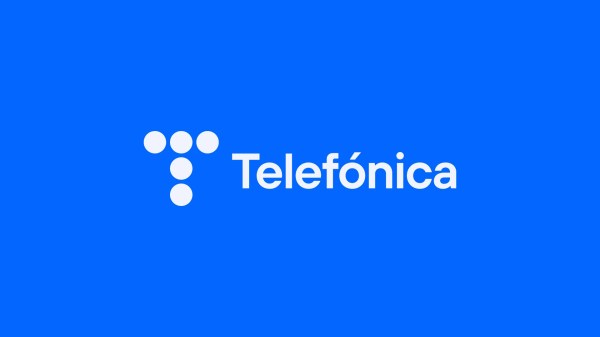 Last year, I gave a talk at WIRED 2013 on how anonymous and aggregated mobile phone data can be used to understand and combat the spread of infectious diseases. I described a study that we carried out in my research team a few years ago, where we analyzed aggregated and anonymized mobile data from Mexico during the H1N1 flu outbreak in the spring of 2009.
Last year, I gave a talk at WIRED 2013 on how anonymous and aggregated mobile phone data can be used to understand and combat the spread of infectious diseases. I described a study that we carried out in my research team a few years ago, where we analyzed aggregated and anonymized mobile data from Mexico during the H1N1 flu outbreak in the spring of 2009.
Thanks to the massive adoption of mobile phones and the power of anonymized and aggregated data, we were able to quantify the impact that the measures taken by the Mexican government had on the mobility of the population and hence on the spread of the disease. We, and similarly researchers at the Karolinska Institute and Harvard University among others, have demonstrated how the analysis of large-scale mobile data can be used to deliver significant benefits to society.
Little did I know that today we would be fighting the worst Ebola outbreak in our history, with already almost 5,000 deaths and over 13,000 infections. Unfortunately, a few months after the outbreak of the pandemic we are only now starting to put into place coordinated efforts towards the analysis of mobile phone network data and what this tells about the spread of Ebola.
People’s efforts have understandably been focused elsewhere. This week at the ITU Plenipotentiary Conference in Busan, the International Telecommunication Union (ITU), the GSMA and the Internet Society (ISOC) announced that they are joining forces in the fight against Ebola. This unity is an essential step forward, but along with the GSMA, United Nations Global Pulse, and a number of other data scientists, I really want to make sure we, and most importantly the African mobile operators, address this opportunity and truly harness the potential of the data available.
Of course mobile data analytics cannot directly assist the heroic work of doctors and nurses who are on the ground, but it could prove extremely helpful when it comes to planning resource allocation or understanding the effectiveness of different mobility containment measures.
Mobility is one of the key factors that contribute to the spread of a human-transmitted infectious disease, such as Ebola. Therefore, understanding and quantifying human mobility in the areas affected by the Ebola virus could make a crucial difference to contain it. And population mobility is precisely one of the characteristics that can be analyzed and predicted using large-scale anonymized mobile data.
To read the full article on TechCrunch, please click here.








